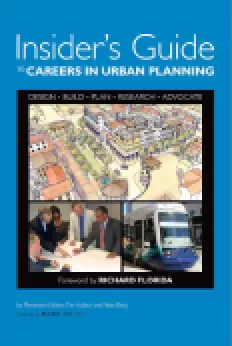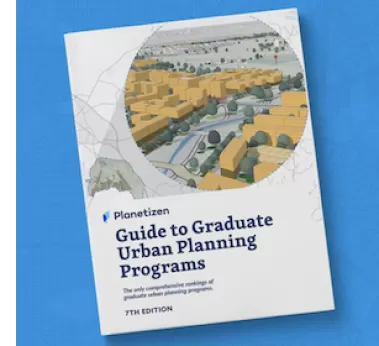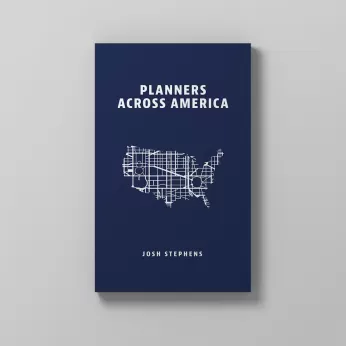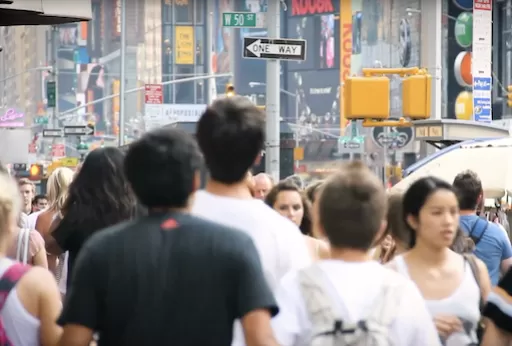In 2009, Memphis was one of the worst cities for cycling, but it quickly reversed its course, becoming the most improved city for cycling according to Bicycling magazine in 2012.
In a recent CityLab post, Eric Jaffe discusses a recent study by three urban scholars (Kevin Smiley of Rice University, Wanda Rushing of the University of Memphis, and Michele Scott of North Carolina State) that traces Memphis's history as a cycling-friendly city. In the 1970s and 1980s, white flight and interstate expansion led to high poverty (28 percent) and a declining city population. In 2008, the city was named one of America's worst cycling cities according to Bicycling magazine.
However, "this changed with the 2010 opening of the Shelby Farms Greenline, a 6.5-mile rails-to-trails route for walkers and cyclists that runs through the center of town. Despite little support from local officials, project advocates made the idea a reality through private donations and a federal grant. The greenline became an instant hit." With the momentum of the Shelby Farms Greenline and pressure from cycling advocates and Mayor AC Wharton, the city of Memphis built out more than 50 miles of bike lanes. Bikes helped to spur economic and cultural growth, and socially connected people too.
Following in the greenline's footsteps, another planned project aims to repurpose a former Harahan Memphis to Arkansas road into a cyclist and bicycle highway, and has been backed by a $15 million TIGER grant. Despite these positive impacts, the researchers note that the Harahan project will alter the character of the neighborhood, and without "a commitment to social preservation of place, however, the gentrification evidenced over the last decade may be furthered with the installation of the Harahan, thereby undermining the goals associated with utilising bicycling as a civic change agent."
FULL STORY: How Memphis Became a Great Bicycle City

Planetizen Federal Action Tracker
A weekly monitor of how Trump’s orders and actions are impacting planners and planning in America.

Chicago’s Ghost Rails
Just beneath the surface of the modern city lie the remnants of its expansive early 20th-century streetcar system.

Amtrak Cutting Jobs, Funding to High-Speed Rail
The agency plans to cut 10 percent of its workforce and has confirmed it will not fund new high-speed rail projects.

Ohio Forces Data Centers to Prepay for Power
Utilities are calling on states to hold data center operators responsible for new energy demands to prevent leaving consumers on the hook for their bills.

MARTA CEO Steps Down Amid Citizenship Concerns
MARTA’s board announced Thursday that its chief, who is from Canada, is resigning due to questions about his immigration status.

Silicon Valley ‘Bike Superhighway’ Awarded $14M State Grant
A Caltrans grant brings the 10-mile Central Bikeway project connecting Santa Clara and East San Jose closer to fruition.
Urban Design for Planners 1: Software Tools
This six-course series explores essential urban design concepts using open source software and equips planners with the tools they need to participate fully in the urban design process.
Planning for Universal Design
Learn the tools for implementing Universal Design in planning regulations.
Caltrans
City of Fort Worth
Mpact (founded as Rail~Volution)
City of Camden Redevelopment Agency
City of Astoria
City of Portland
City of Laramie





























